Farm Management
All Farm Management Content
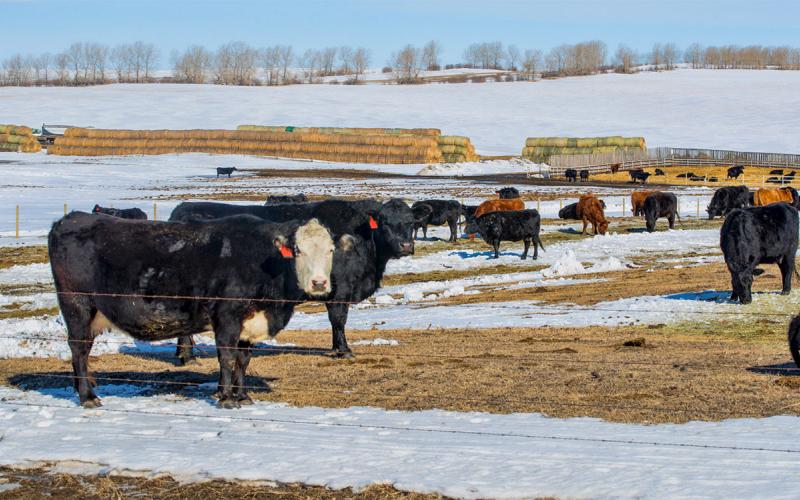
Alternative Management Strategies for Culled Cows
Traditionally, keeping open females is not a popular option. However, variability in cull cow prices and feed costs may provide an opportunity to consider other options.
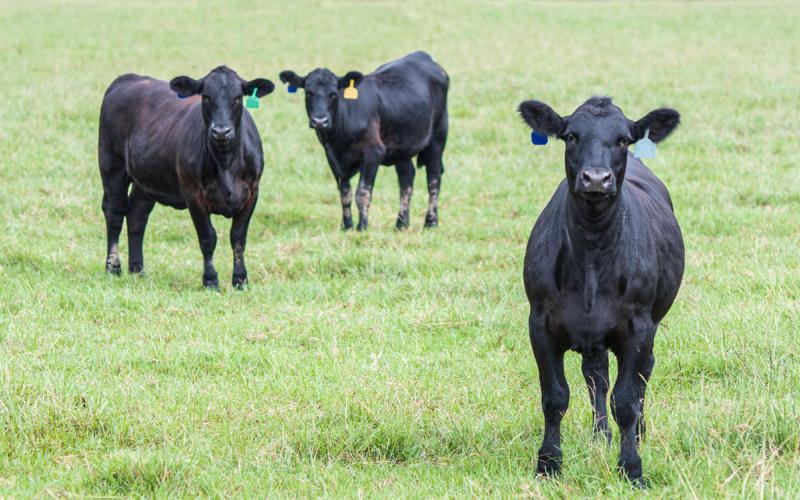
Value of Pregnancy Detection of Yearling Heifers
One of the most-important traits in the beef herd is reproduction. Any female that ends up open at the end of the year is costing the operation additional money. Strategic management decisions should be made within the reproductive herd to help maximize revenue.
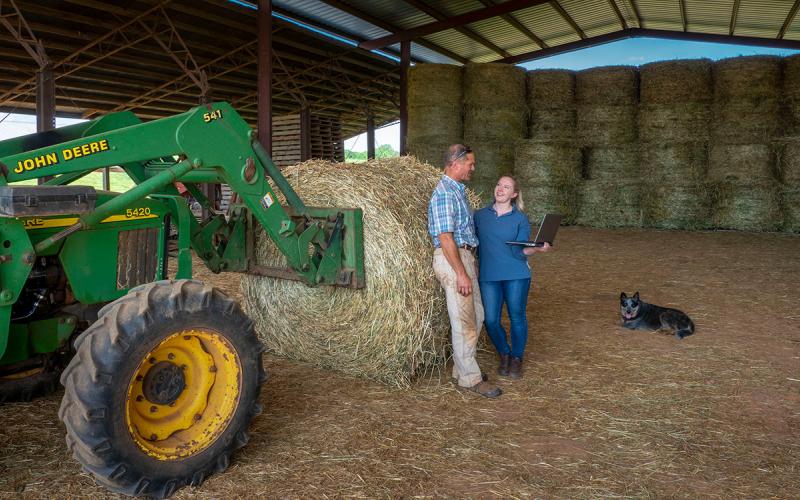
Management Goals for Cow/Calf Operations
You can’t manage what you don’t measure, and good management practices begin by taking good records.
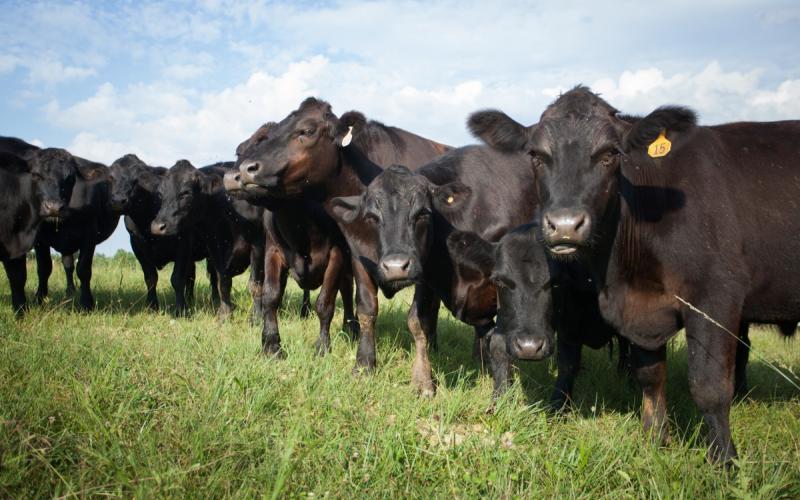
Basics of Body Condition Scoring (BCS)
Fact sheet about the basics of body condition scoring for cattle.
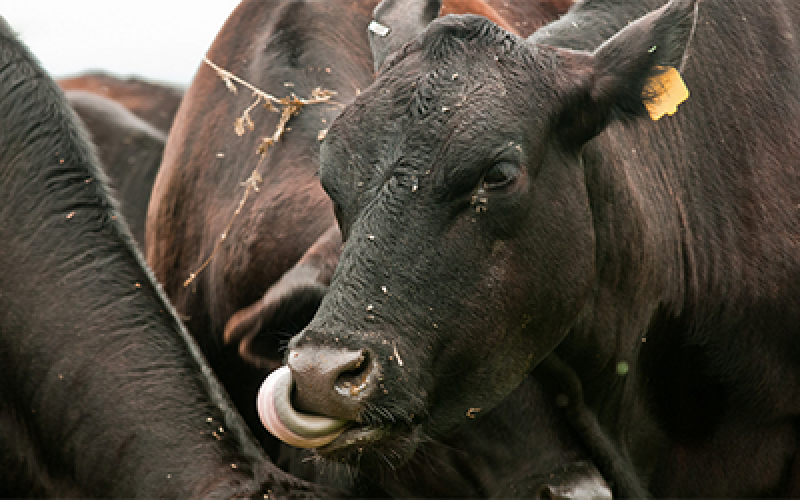
Influence of Body Condition on Reproductive Performance of Beef Cows
Fact sheet about understanding effects of body condition score on reproductive performance.
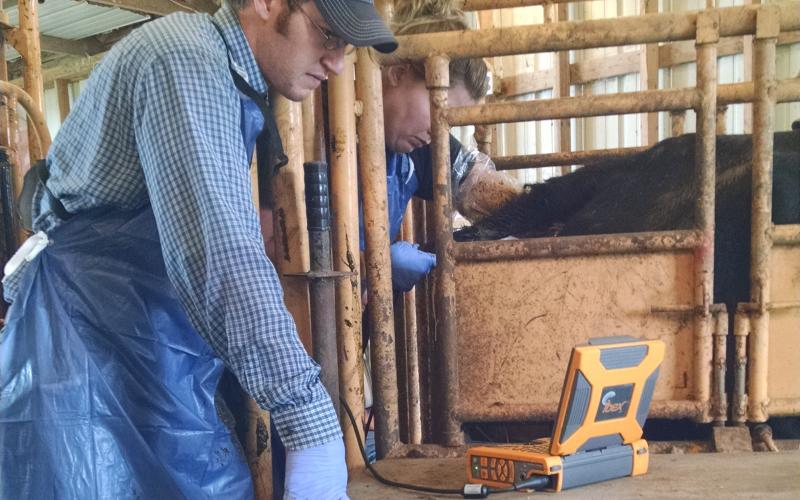
Preg-Checking Decisions
There is much value in preg-checking spring-calving cow herds in the fall. The most common is to cull open cows from the herd. The second reason would be to reduce the number of late calving cows in the herd.
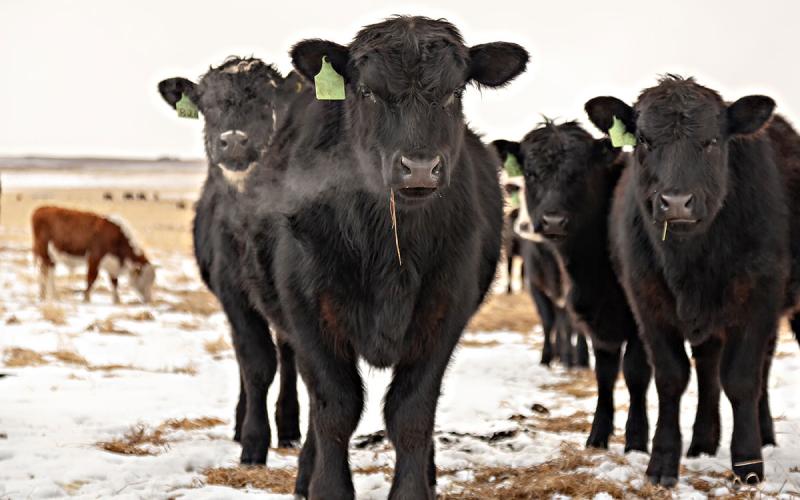
Keep Watch of Young Cows During Calving
Frequent observation of first-calf heifers and good recordkeeping around calving will give producers insight into which heifers are going to breed back and others that might need some extra care.
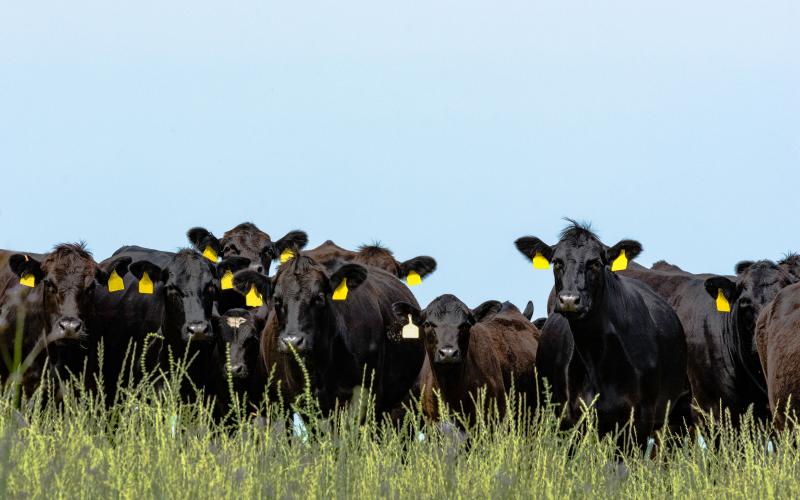
Defining a Breeding Season
While moving the calving season will not eliminate the unpredictability of weather, we can utilize a defined breeding season to plan when cows will calve and be better-able to manage cattle in the harsh winter and spring calving conditions.
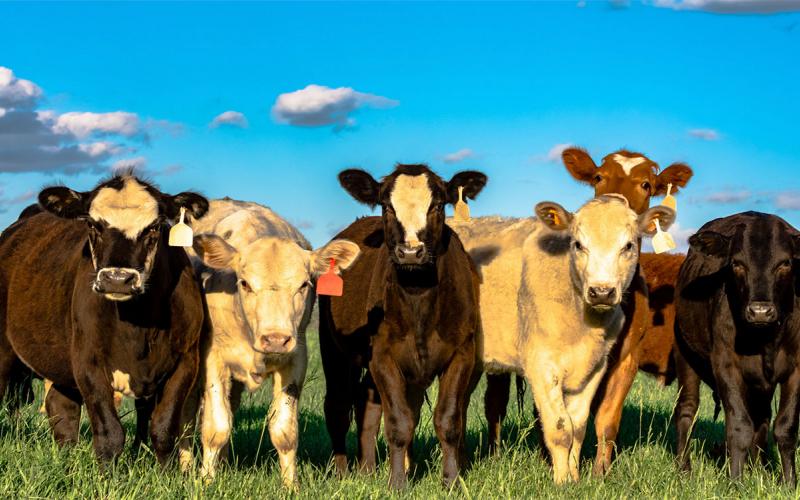
Synchronization for Natural-Service Breeding Programs
Similar to synchronization with artificial insemination, the benefits associated with natural-service synchronization are similar: a concise calving distribution with the potential for heifers to be serviced twice in about 30 days versus twice in 40 days.
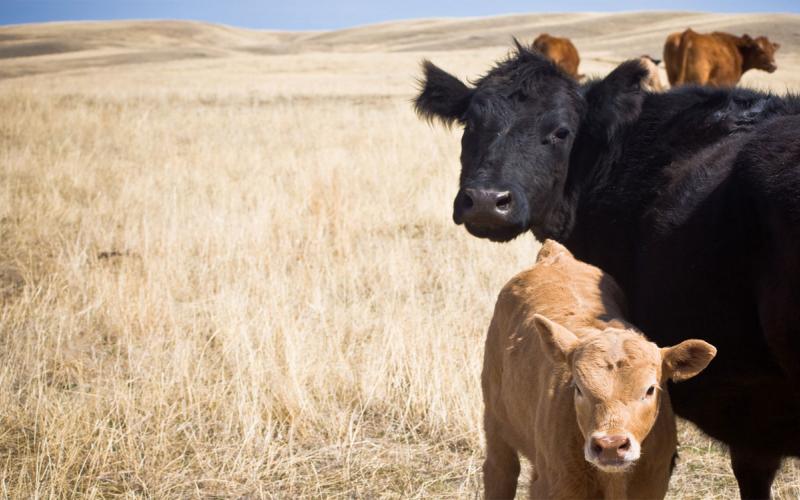
Planning for Breeding Season in Dry Conditions
Drier-than-normal conditions present added stress to producers and their herds in preparation for breeding season. During this critical period, producers should focus on making sound management decisions to maintain performance and profitability.